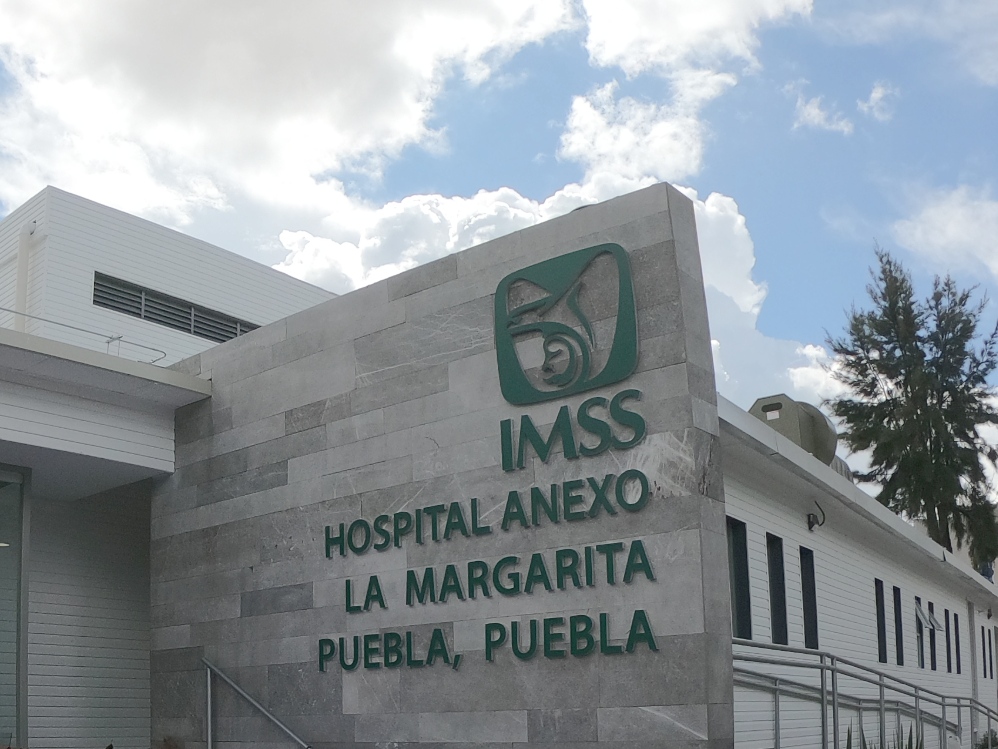Mexico has long worked toward expanding healthcare access for its population through a network of public health institutions. For decades, its system has been anchored by IMSS (Mexican Social Security Institute) for formal workers, while Seguro Popular—and more recently, INSABI (Institute of Health for Wellbeing)—has served the uninsured. While these programs have significantly widened access to care, ongoing reforms highlight the challenges of ensuring equity, quality, and sustainability in a middle-income country with stark regional disparities.
The Structure of Mexico’s Public Health System
Mexico’s healthcare system is fragmented, with coverage provided through multiple public institutions based on employment status:
- IMSS (Instituto Mexicano del Seguro Social):
- Serves formal private-sector workers and their families
- Funded through payroll contributions from employers, employees, and the federal government
- Offers comprehensive healthcare and social security benefits
- ISSSTE (Instituto de Seguridad y Servicios Sociales de los Trabajadores del Estado):
- Covers federal government employees
- PEMEX, SEDENA, SEMAR:
- Serve employees of state oil, military, and navy sectors
- INSABI (Instituto de Salud para el Bienestar):
- Serves those without formal employment or social security, primarily low-income and rural populations
- Replaced Seguro Popular in 2020 to offer free access to health services and medications at the point of care
Together, these institutions aim to provide health services to nearly all of Mexico’s 130 million citizens, though gaps in quality and access persist.
From Seguro Popular to INSABI: A Controversial Transition
Seguro Popular, launched in 2003, was a groundbreaking program that extended health coverage to over 50 million previously uninsured Mexicans. It provided a defined package of services and was seen internationally as a model for universal health coverage in developing countries.
In 2020, the Mexican government replaced Seguro Popular with INSABI, with the goal of offering:
- Free universal access to health services and essential medicines
- No requirement for enrollment or premiums
- A simplified system managed centrally by the federal government
While well-intentioned, the transition to INSABI has been controversial, with critics citing:
- Lack of clarity in service delivery and funding mechanisms
- Inconsistencies in implementation across states
- Reduced access to previously covered treatments in some areas
- Increased strain on underfunded public hospitals and clinics
In 2023, the Mexican government began discussing further reforms and reintegrating INSABI into IMSS-BIENESTAR, another branch of IMSS designed to serve uninsured and marginalized populations.
Strengths of the System
Despite its challenges, Mexico’s public health system has made significant strides:
- Increased insurance coverage over the past two decades
- Expansion of primary care networks in rural and remote areas
- Vaccination campaigns with high national coverage rates
- Integration of telemedicine and digital records in select regions
Public programs like IMSS continue to deliver relatively high-quality care for formal workers, and public spending on health has risen steadily (though still below the OECD average).
Ongoing Challenges
- Fragmentation and inequality: Different populations receive different levels of care based on which institution covers them.
- Underfunding and resource shortages, particularly in the public sector
- Urban-rural disparities in healthcare infrastructure and medical staff
- Out-of-pocket expenses still account for a significant portion of healthcare costs
- Administrative complexity in navigating services across multiple public providers
Looking Forward: Toward True Universal Health Coverage?
Mexico’s path to universal health coverage is a work in progress. While almost all Mexicans have nominal access to public healthcare, the quality and consistency of that care vary widely. The ongoing restructuring of INSABI, and efforts to streamline services under a unified federal model, aim to improve equity—but success will depend on sufficient funding, better governance, and coordinated policy execution.
Strengthening the health workforce, modernizing infrastructure, and prioritizing preventive and primary care will be essential to making Mexico’s system truly universal—not just in name, but in real-world outcomes.
Final Thoughts
Mexico’s experience reflects the complexities of building a universal health system in a developing context—especially one with large informal labor markets and regional disparities. While the country has achieved near-universal enrollment, ensuring that all citizens receive timely, quality care remains a central challenge.
As Mexico continues to reform and refine its public health coverage, its journey offers valuable lessons for countries facing similar transitions toward more inclusive health systems.
Interested in comparing Mexico’s healthcare model to others in Latin America like Brazil, Chile, or Colombia? Let me know and I’ll write that next!

Leave a Reply